|

On eBay Now...
WWI US Pilot Sterling Wings pin Army Air Corps --REAL THING -OWN HISTORY --LOOK For Sale
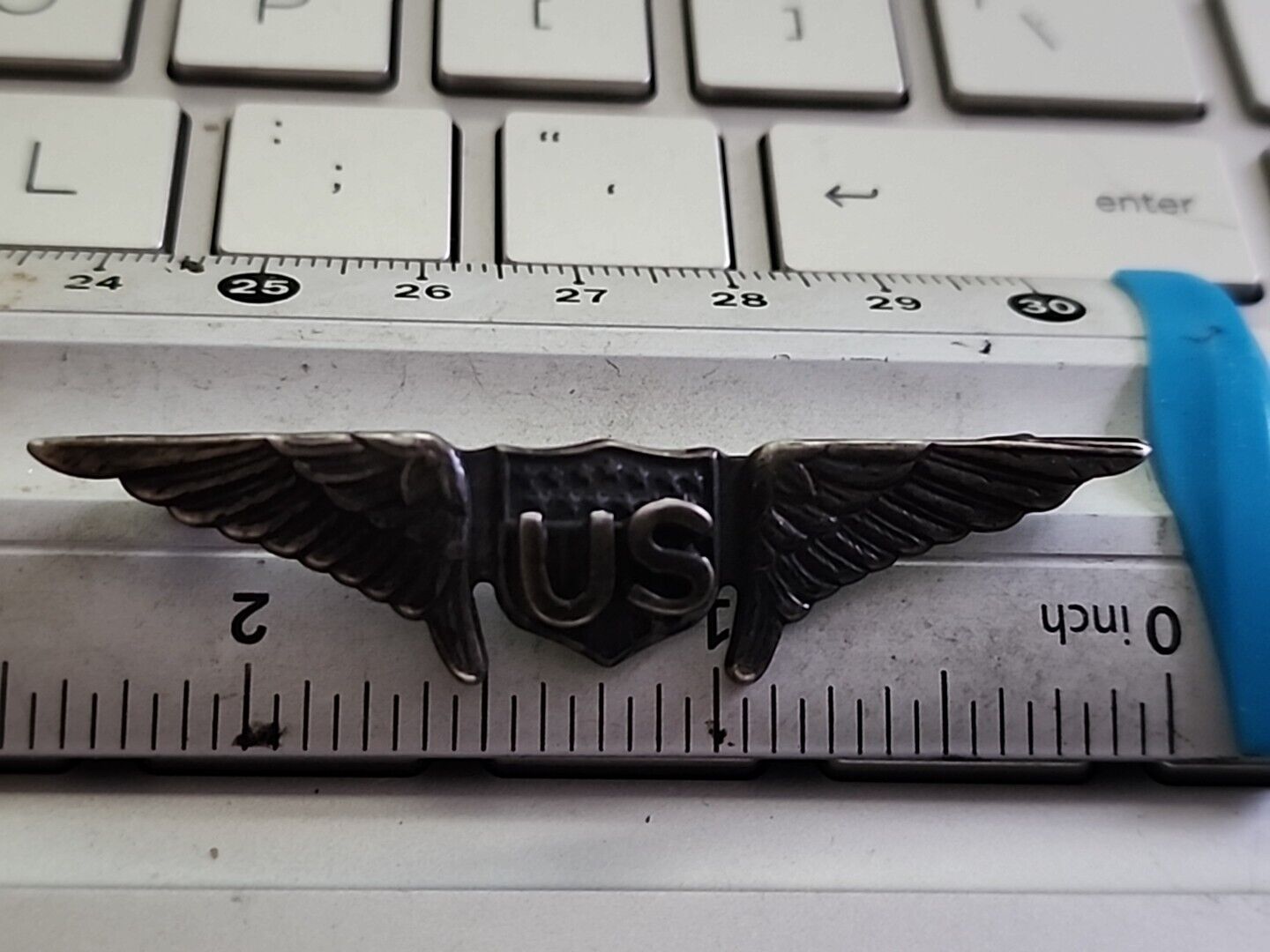
When you click on links to various merchants on this site and make a purchase, this can result in this site earning a commission. Affiliate programs and affiliations include, but are not limited to, the eBay Partner Network.

WWI US Pilot Sterling Wings pin Army Air Corps --REAL THING -OWN HISTORY --LOOK:
$299.00
PLEASE FOLLOW OUR E BAY STORESEE ALL PICSSALE SEE OUR STOREPLEASE READ WHOLE ADD
PLEASE SEE STORELOT MORE --COMBINE SHIPPINGSAVE $$$$$$$$$$$$$$$World War I and Air Service revisions[edit]Junior Military Aviatorbadge, 1917–1919. Initially badges were embroidered andJunior Military AviatorandReserve Military Aviatorbadges had only one wing to the wearer's left. The Air Service members of theBolling Missionencountered credibility problems from wearing their single-winged JMA/RMA badges in Europe, where the design signified "observer" status for the wearer rather than "pilot." Largely through their efforts, the regulation was changed on 27 October 1917 and a two-wing badge was authorized for JMA and RMA as well as the Military Aviator rating, which was denoted by having a star added.[14]The Military Aviator badge was superseded on 15 August 1917 by authorization of a new embroidered "wings" badge,[14]the first sketches of which are attributed to Arnold. A new rating,Reserve Military Aviator, was authorized on 3 June 1917 to rate pilots duringWorld War I, with all ranks and grades being temporary.[n 8]The Aviation Act of 24 July 1917 authorized those holding a pre-war JMA rating to advance to MA rating by the three-year rule, and along with RMA holders, by "distinguished service."[12][13]A wartimeReserve Military Aeronautrating for balloon pilots was also created,[n 9]as was a rating ofObserverfor both airplanes and balloons, bringing the total number of aeronautical ratings to seven.[13][15] After the creation by executive order in 1918 of theArmy Air Service, a standard wings-and-shield design for the rating badge, still in use today, was created by sculptorHerbert S. Adamsof theUnited States Commission of Fine Artsand approved on 25 January 1919.[14][16]Army regulations regarding ratings underwent a major revision by theDirector of Air Serviceon 16 October 1919, when the RMA rating was officially changed toAirplane Pilot(although usage of the RMA terminology continued until 1920), all observers were termedAerial Observer, and new ratings ofEnlisted Pilot,[n 10]Airship Pilot,Aerial Gunner, andAerial Bomberwere created. Among the new ratings, a 50% aviation increase was authorized for the enlisted pilot and 25% for all the others. The new ratings, however, proved to be only a demobilization expedient and lasted less than nine months.[17][n 11] In 1920, when the Air Service was made a statutory arm of the line, theNational Defense Act of 1920also ended the differentials in flight pay and standardized it at 50%. The policy of awarding rated officers a temporary advancement in grade was also terminated. To qualify for command of a unit, an officer was required by law to be rated. The existing ratings were reduced to four on 10 August 1920,[n 12]combining the ratings of Reserve Military Aviator/Airplane Pilot, Junior Military Aviator, and Military Aviator into the rating ofAirplane Pilotand Military Aeronaut and Balloon Observer into the rating ofBalloon Observer, renaming the rating of Aerial Observer asAirplane Observer, and continuing the rating ofAirshipPilot. All those already holding the old ratings qualified automatically for the new.[18][19][n 13]In 1921 the Air Service authorized the wearing of 3.125-inch ratings badges made of oxidized silver in lieu of embroidered badges.[13] In 1921 the Air Service also revised its pilot training program, adopting the "A Plan", which divided pilot ratings betweenJunior Airplane Pilot(completion of primary training, normally an enlisted rating) andAirplane Pilot(completion of advanced training).[20][n 14]The bulk of new pilots were acquired from the enlisted classification of "flying cadet", with achievement of a JAP rating making a cadet eligible for advanced pilot training and commissioning. However, some older Air Service officers without flying experience, but requiring a rating to remain in the Air Service, acquired a JAP rating, including Chief of Air Service Maj. Gen.Mason Patrick. In 1924 theTenth Annual Report of the National Advisory Committee for Aeronautics, submitted by PresidentCalvin Coolidgeto the Congress, reported: The Air Service has 845 officers with rating as airplane pilots, airplane observers, airship pilots, airship observers, or balloon observers. In addition about 51 enlisted men have the rating of airplane pilot, junior airplane pilot, or airship pilot.[21]

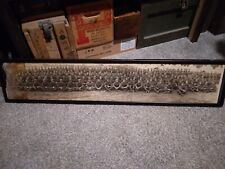
US WWI 339TH NORTH RUSSIA POLAR BEAR YARD LONG PHOTO $325.00
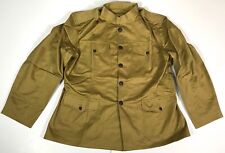
WWI US ARMY M1912 SUMMER COTTON COMBAT FIELD TUNIC- SIZE LARGE 44R $199.96
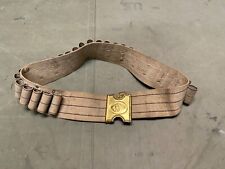
ORIGINAL WWI US ARMY M1897 TRENCH SHOTGUN AMMO BELT-MILLS $151.96
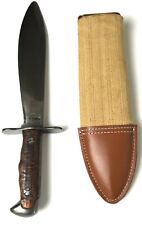
WWI US ARMY M1917 BOLO KNIFE & CARRY SCABBARD $175.96
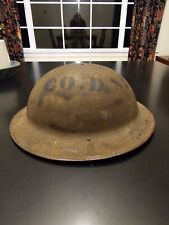
M1917 WWI US Doughboy Helmet W/ Liner WW1 $99.95
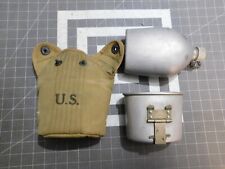
WWI US Military Canteen with Cover & Cup, all 1918 Nice $89.99
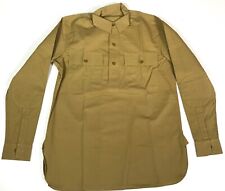
WWI US ARMY M1917 COTTON COMBAT FIELD SERVICE SHIRT-LARGE 44R $87.96
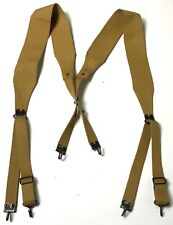
WWI US ARMY M1907 EQUIPMENT FIELD SUSPENDERS $63.96
|